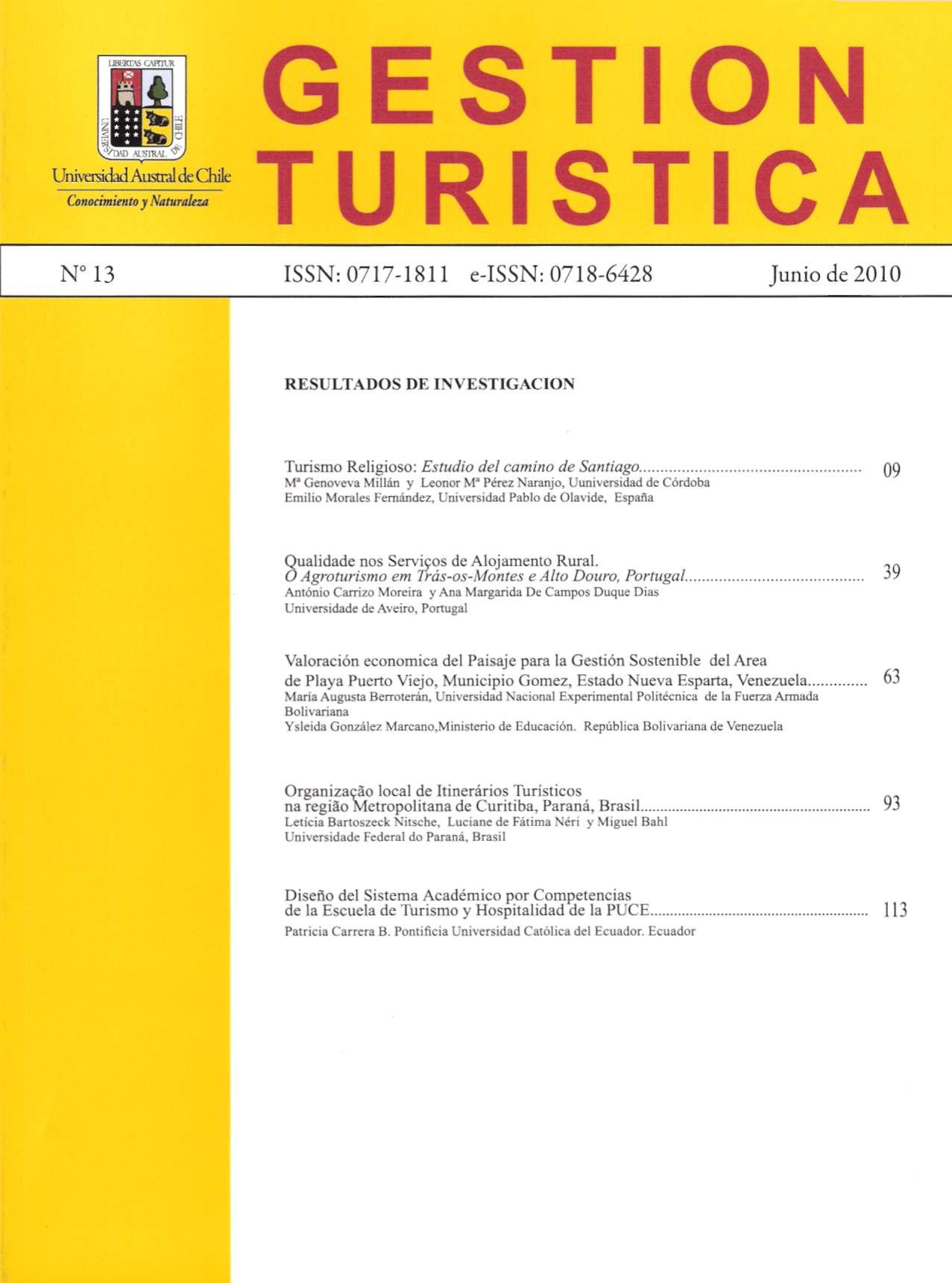ACUTE MOUNTAIN SICKNESS AND TOURISM EXPERIENCE. The debt of tourism in Chile
Main Article Content
Abstract
There is no denying in the persistence of the Andes mountain range across the country and with this, it is undeniable that this is a scenario for a number of tourist activities that take place in Chile, either as climbing and all its manifestations as well as skiing, contemplation, sports, and others. In the national territory, within 2,600 miles of Andes mountain range it is possible to find 38 mountains over 20,000 feet above sea level, more than 2,000 volcanoes, ski resorts and a variety of villages which exceed the altitudes considered “normal.”
Any exposure to altitude level generates different reactions to the human body depending on a number of factors, including genetics, the custom to visit areas of altitude, eating habits, hydration and smoking, but the presence of a number of unpleasant even dangerous symptoms to health known as Acute Mountain Sickness, Puna or Soroche is normal.
On the other hand, the tourist experience is directly related to the sensations perceived in the destination, and the acute mountain sickness can be a visit blocker if poorly managed, especially in cases where tourists are not informed about of human physiology and are surprised with dizziness, vomiting and headaches.
Education in relation to the physiology of altitude and the management of tourist sensations are key elements to improve customer satisfaction and achieve a destination positioning.

